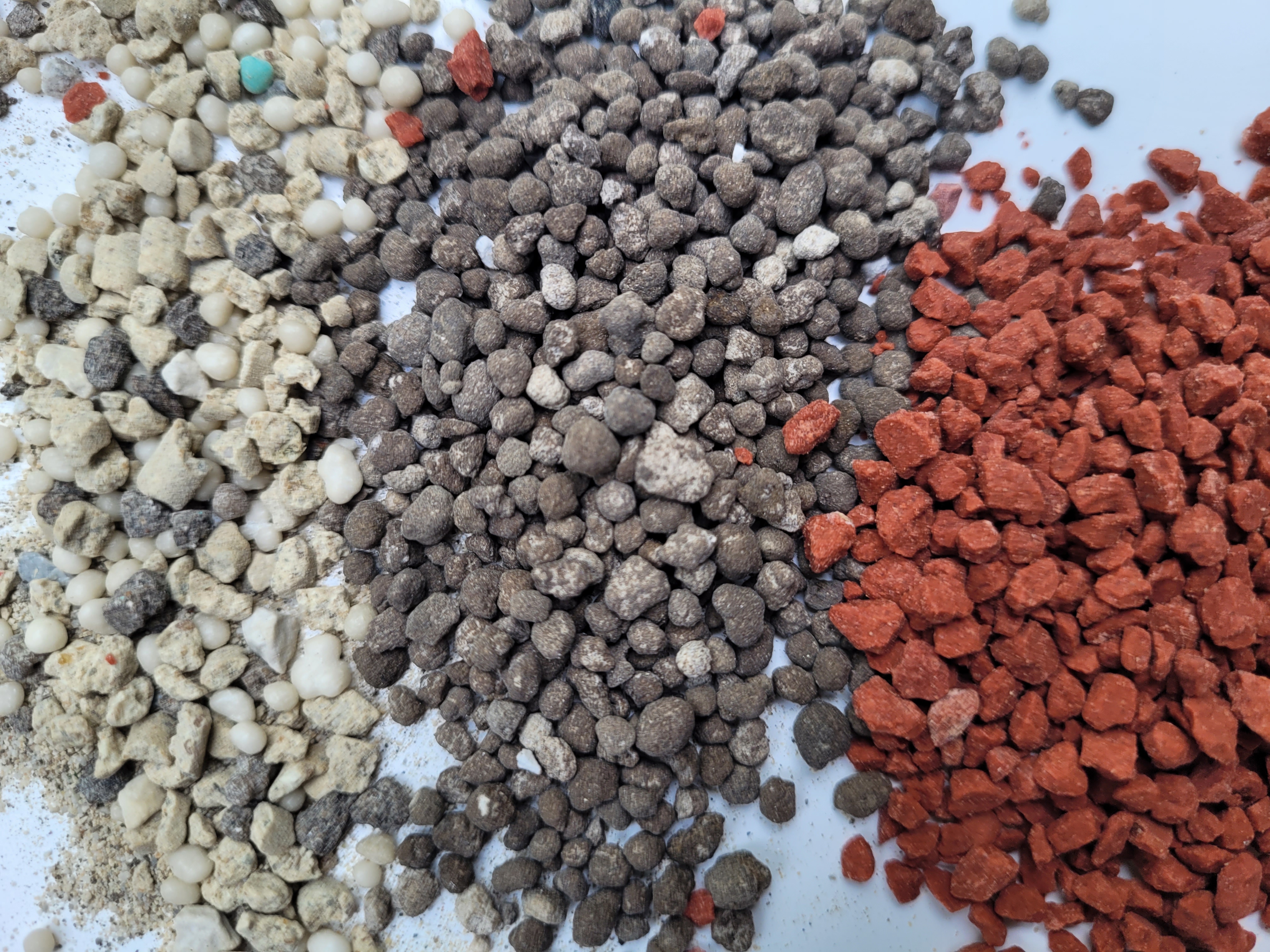
Written by: Pierce Young
So, you’ve gotten your soil tests results, now what?
Most people that plant food plots are probably used to applying all nutrients in a fertilizer blend together at the same time as planting, but there is a better way.
Food plots will benefit from applying the different nutrients (N-P-K) separately at different times.
When deciding on what nutrients a food plot needs, look to your soil test. That’s what it’s for. You may not need all, or any nutrients, depending on the soil quality.

Nitrogen (N)
- This nutrient is the building block for growing stems and leaves. It is not needed until the plants germinate, and it is best to split the recommendation to include a second application 30-45 days after the first.
- Legumes, such as clovers, soybeans, and jointvetch do not need nitrogen fertilizer if they were inoculated and will create their own.
- Symptoms of low nitrogen are yellow leaves, or short stems.
- Fertilizer example: Urea, or 46-0-0
Phosphorus (P)
- This nutrient is needed for developing roots.
- It is best to apply at, or just before planting.
- Symptoms of low phosphorous are red or purple leaves, or leaves that twist
- Fertilizer example: Triple Super Phosphate, or 0-46-0
Potassium (K)
- This nutrient helps keeps roots healthy after they are established.
- Potassium can also help plants tolerate drought or other stress.
- It can be applied at, or just after planting.
- Symptoms of low potassium include lower leaves that have dead edges, or are wilting.
- Fertilizer example: Potash, or 0-0-60
For more food plot and wildlife management guidance visit